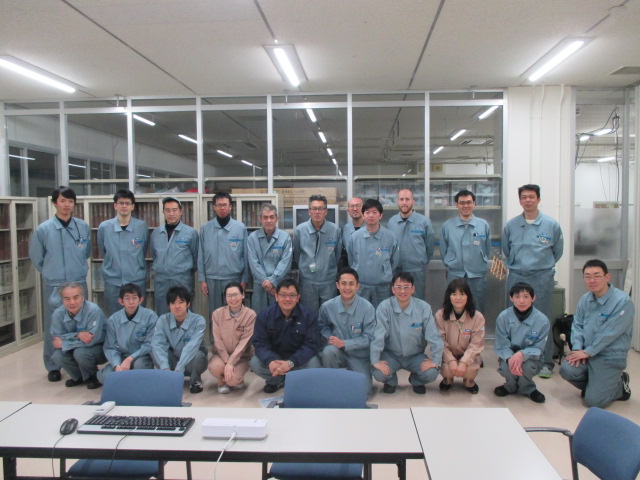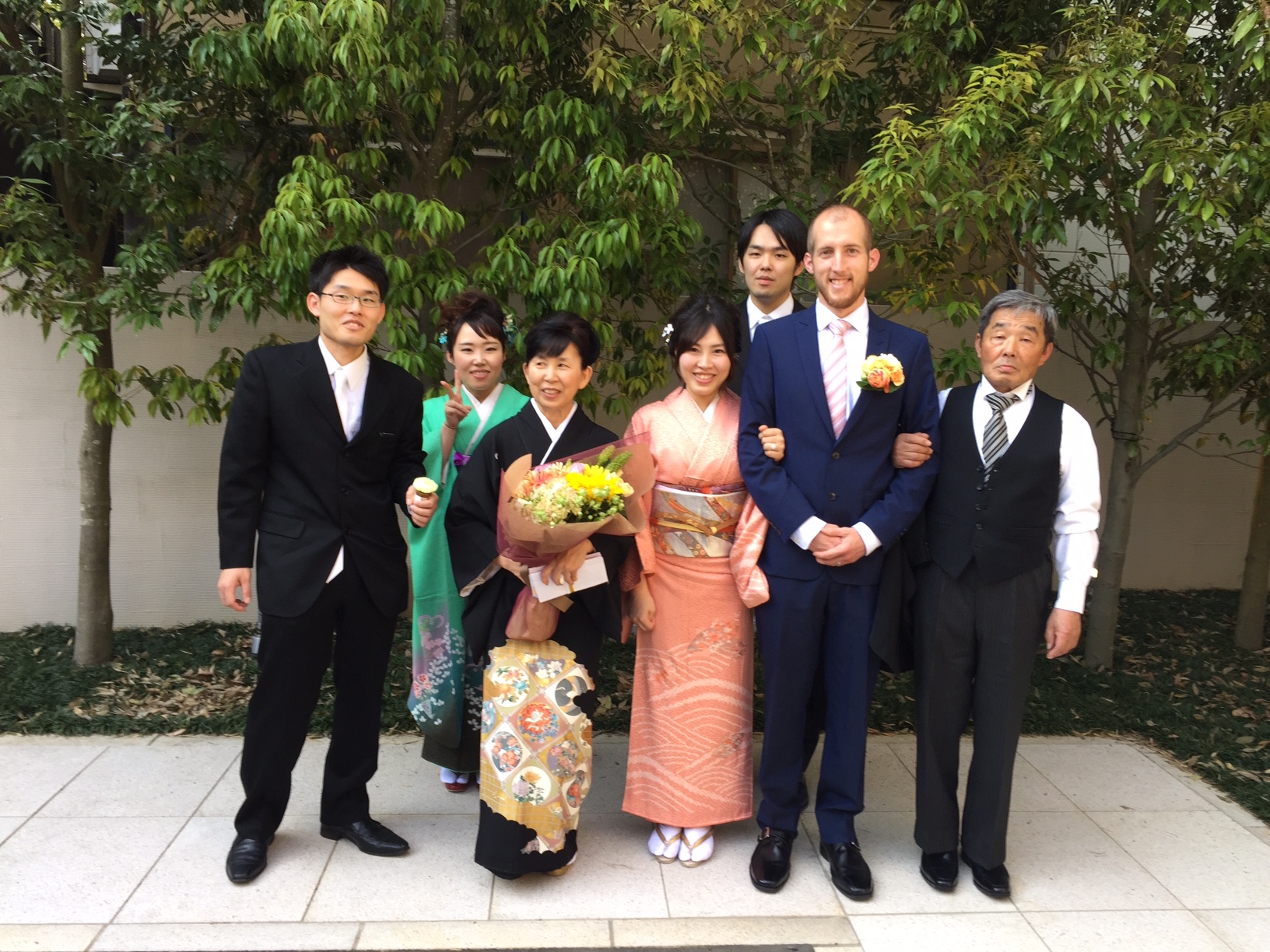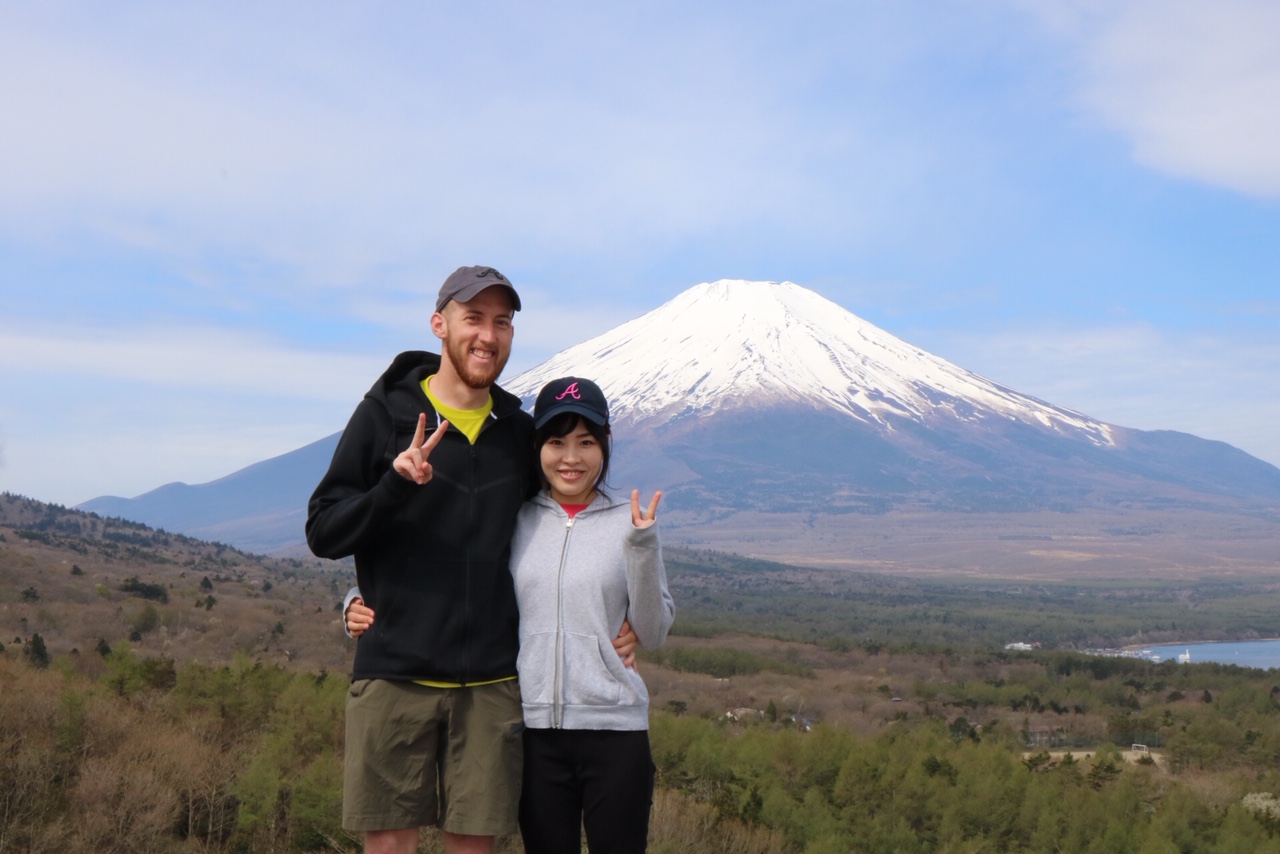John Edward Holliday Jr., senior product development manager at YKK (U.S.A) Inc., shares his thoughts about the relationship between innovation and sustainability in the manufacturing sector.
Why is innovation important in our industry?
Innovation is one of the key tools that we have to gain new business and expand into new markets. Although competitive price and consistent quality are also strong factors, product and technology innovation is what secures the current market share, as well as entices other perspective customers to get behind that brand.
In your opinion, what is the relationship between innovation and sustainability?
As the general society’s focus changes, sustainability is becoming a larger request and demand in the market with each passing season. In the future I believe that sustainable and ethically sourced products will become the standard for many of the items we use on a day-to-day basis. However, reaching this new standard of sustainability is not possible without innovation. Innovation is the tool we will use to discover and create new products, technologies, and materials that will help us achieve the goal of making sustainability the new standard.
Nike’s COO shared in an interview last year that “there is no innovation without sustainability,” what are your thoughts about this statement?
In many ways I think this is a true statement. Numerous brands from a wide spectrum of markets have publicly stated future targets for sustainability. This includes increasing recycled or recyclable content, eliminating the use of hazardous chemistries and carcinogens, reducing processes that are costly to our natural resources and in some cases providing users with lifetime warranties for their products. In that regard, to meet these sustainability targets means adapting our next generation of innovations to meet this higher standard. If the developments that we are working on currently do not meet these publicly promoted sustainability goals that have been set forth, than there will be a very limited use and future for these innovations.
What factors make innovation exciting?
One of the primary excitement factors once setting out on a project is the raw challenge. Constantly challenging one’s self both in your career and personal life I believe is one of the most important aspects of building self-worth and character. Additionally, achieving the end goal of the challenge that was set before you is also an extremely rewarding experience.
Another exciting aspect of innovation is meeting a customer’s need. Many of my early projects involved specific customer requests to improve or fix an issue they had while incorporating our product. This not only provides a chance for innovation, but also brings the excitement of alleviating a specific problem that the customer had. When successful, this can bring both excitement and strengthen the relationship between YKK and the customer.
Lastly and most importantly is the learning experience gained through taking on an innovation project. Although being successful in your project is certainly rewarding, attempting a challenge and not meeting your final goal can still be worthwhile endeavor. Any project whether it is deemed a success or not can be an exciting experience, given that you focus all of your capabilities and efforts towards finding a solution. Some of my most teachable moments have been through failures while attempting a challenging project. The experience, knowledge, and wisdom gained from this will certainly be useful and can be applied in the future.
How do you solve problems in your team?
Since returning from my training in Japan, I have been involved primarily with the Global Marketing Group (GMG). Although I come from a traditional R&D background, my team is also comprised of account managers, marketing staff, and quality/sales engineers that work together throughout the course of a project.
This diverse background of team members allows us to consider and quickly brainstorm different ways of approaching an innovation. This has been a very helpful tool for when problems are encountered during the course of a development. There has been many times where a different way of thinking or perspective of the project/market has aided in overcoming potential development speed bumps. In addition, we have the opportunity many times to work hand in hand with the final production location and region R&D center which can be useful for knowing the exact conditions and capability of where the product will eventually be manufactured.
Share your thoughts about innovation and sustainability at YKK.
From the perspective of YKK, with all of our products and innovation we strive to implement both our company’s theme of the Cycle of Goodness® as well as our Fundamental Behaviors. One of the mindsets that I always try to keep in mind both inside and outside of work is YKK NCA’s Group Fundamental Behavior 3, “Protect the Environment.”
“Always remember that protecting the environment is our highest priority. Use best practices to avoid waste, reduce emissions, recycle, and manage hazardous waste appropriately. Look for opportunities to improve our environmental impact.”
YKK in many ways has always been conscious of its affect and impact on the surrounding environment and resources with the products that we manufacture. Even before the popularity and focus around being sustainable and eco-friendly, YKK has been at the forefront within our industry to increase efficiency, production, and innovation with as little impact to the world around us. I have faith that as the sustainability trend continues, YKK will continue to be a leader in implementing eco-friendly measures in its production process, as well as in the development of new innovative products.
Tell us about your experience in Japan related to innovation in the workplace.
When I first arrived to Japan it was an understatement to say that I felt overwhelmed. At the time, moving away from my home town to a new country and culture with a unique language seemed like an insurmountable task. When I first exited from the Thunderbird express train at Uozu station I wondered if I would ever be able to adapt to this drastically new environment.
Fortunately, my managers and coworkers in Japan where indispensable with helping me to adjust to living and working in Japan. Throughout my time there I had the opportunity to work and communicate with people from all over the world including: Japan, China, Hong Kong, Taiwan, Malaysia, Indonesia, India, and other countries.
Throughout my training I encountered many failures and hardships. However, my colleagues were always there to support and guide me both in my projects and life outside of the company. We were able to find common ground even though we came from different cultures and did not share a common language that we could speak in depth to one another in.
When communicating new concepts and ideas we could not solely rely on our language skills. Through this experience I learned how to better articulate my ideas and thoughts in a more universally accepted way. Although I am still learning and improving on this, it is a great tool for communicating between our various R&D centers located across the world. From my experiences in Japan I hope to be able to continue to work and communicate with our offices and locations across the world, and to use the skills I acquired to be able to effectively communicate and discuss innovative and next generation fastener concepts.



